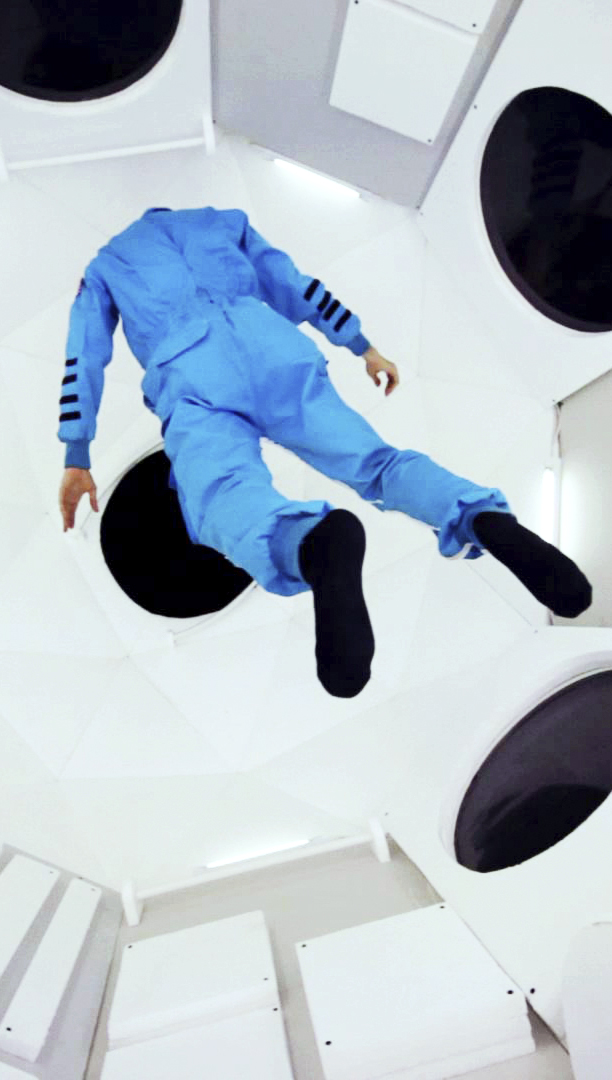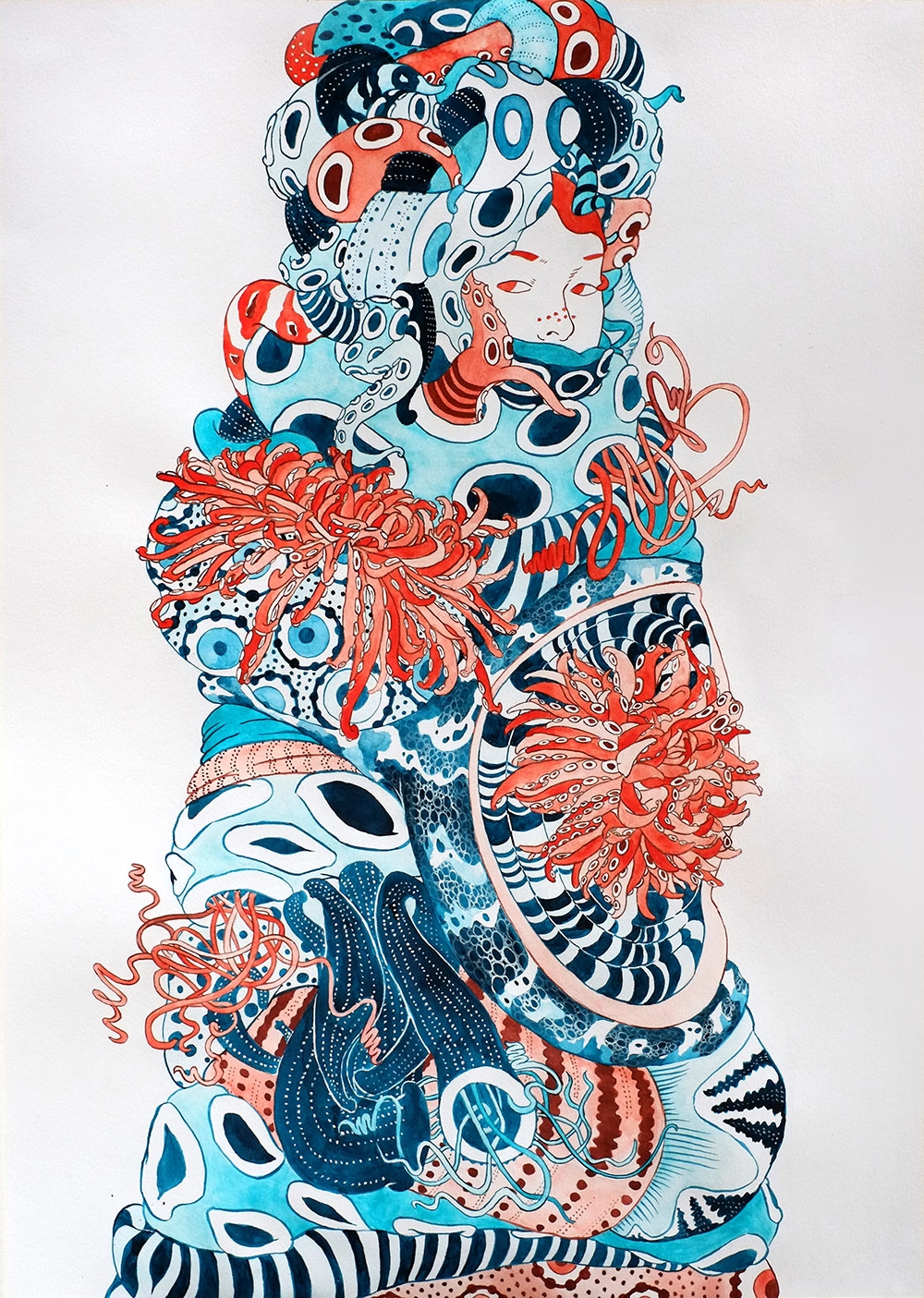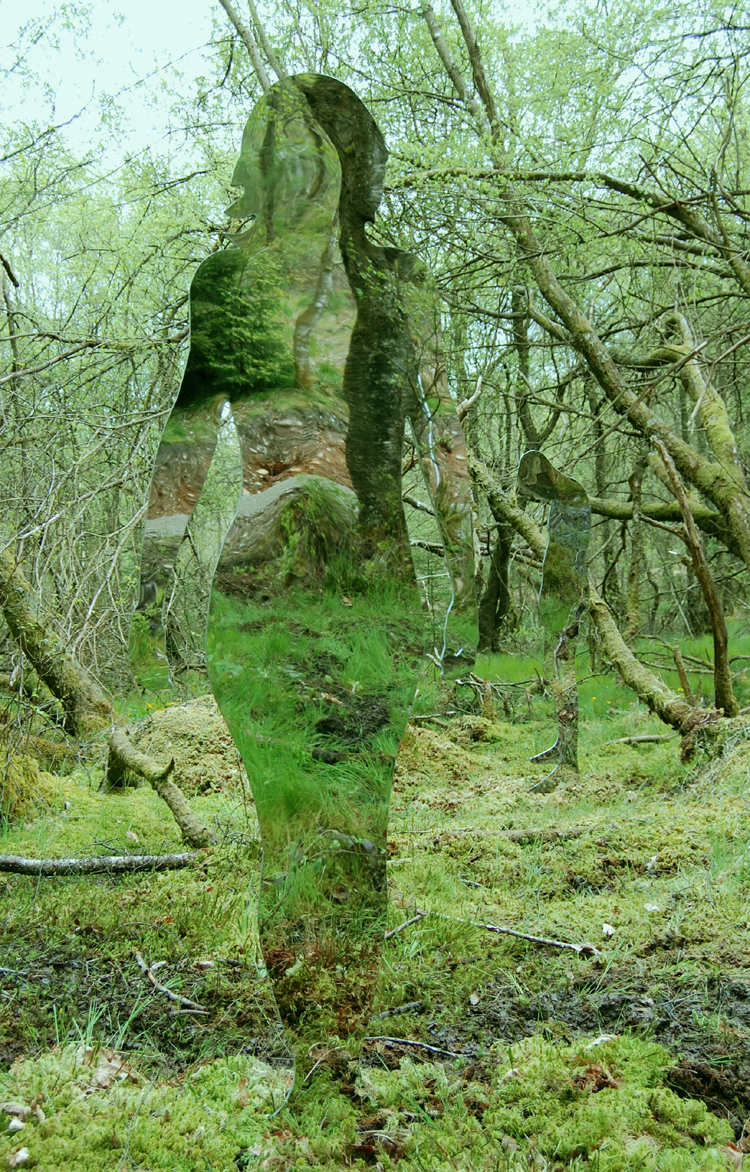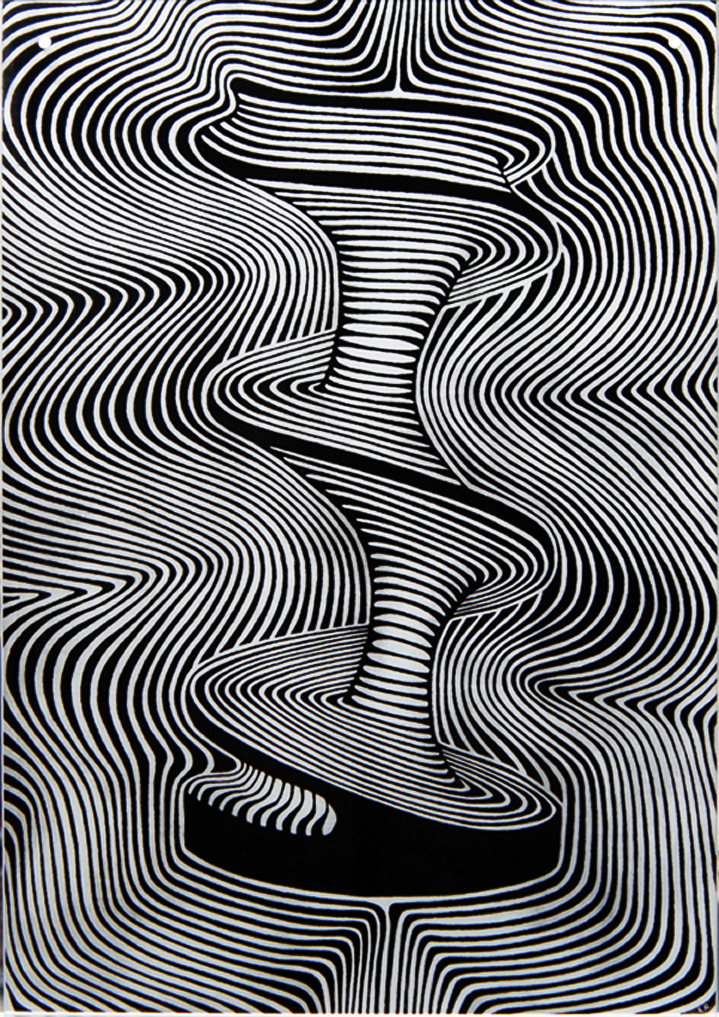
Caitlin Franzmann
Drawn Together, Held Apart
Caitlin is an artist that is interested in intentional social connection in public spaces. She creates experiences that allow participants to quietly communicate and listen to one another. In the live component of her installation, Caitlin hosts an conversation entitled ‘talking and listening about talking and listening’. ‘Drawn Together, Held Apart’ (2017), a custom made table with inbuilt surface transducer speaker, motion sensor activated LED lighting, proximity speakers and audio. Visitors rest their ears on the glass and listen.





























